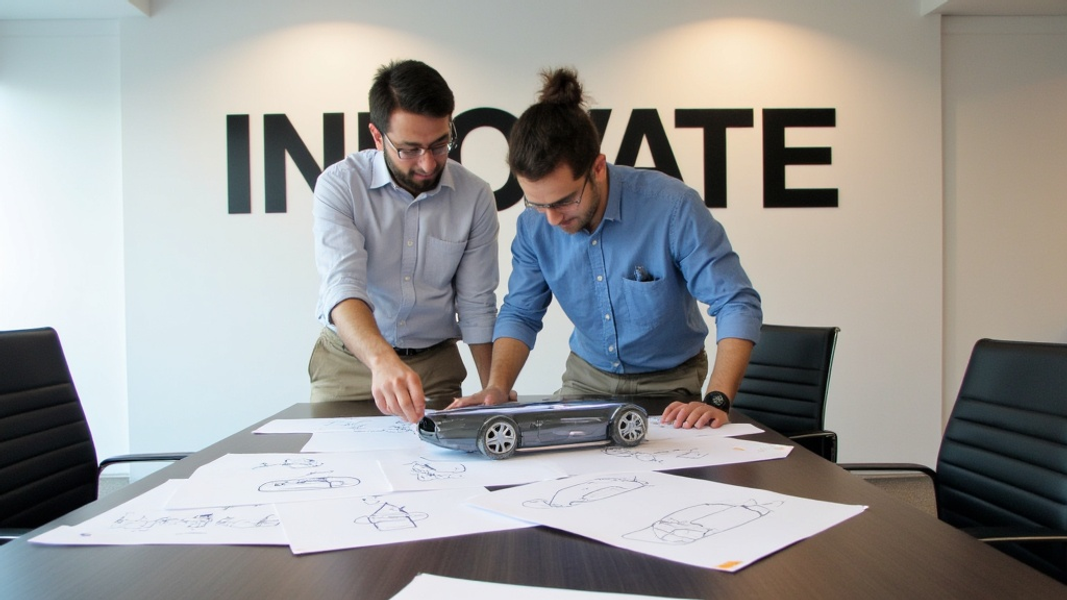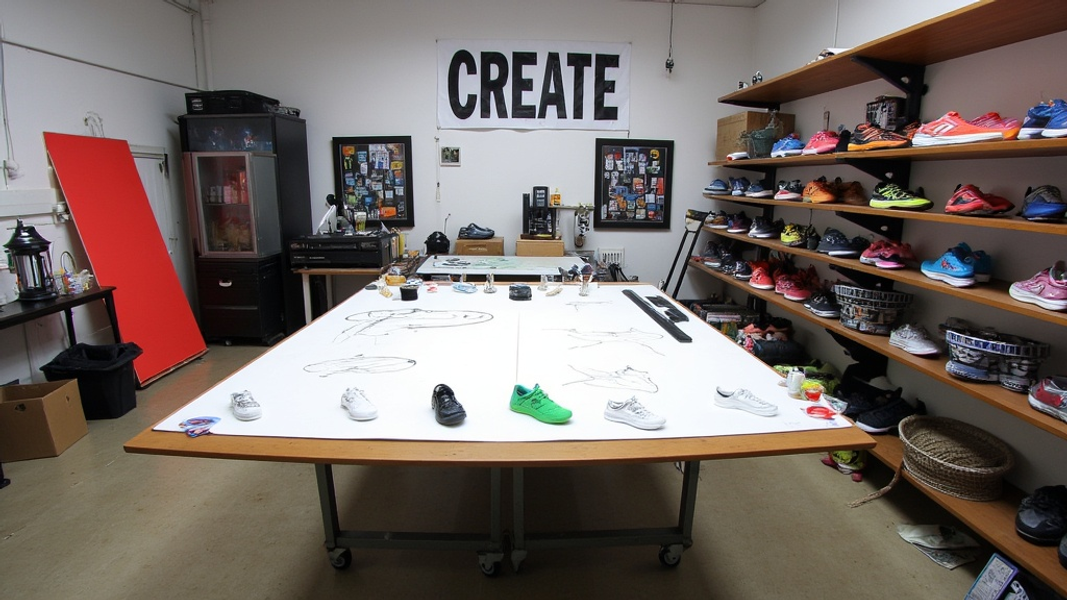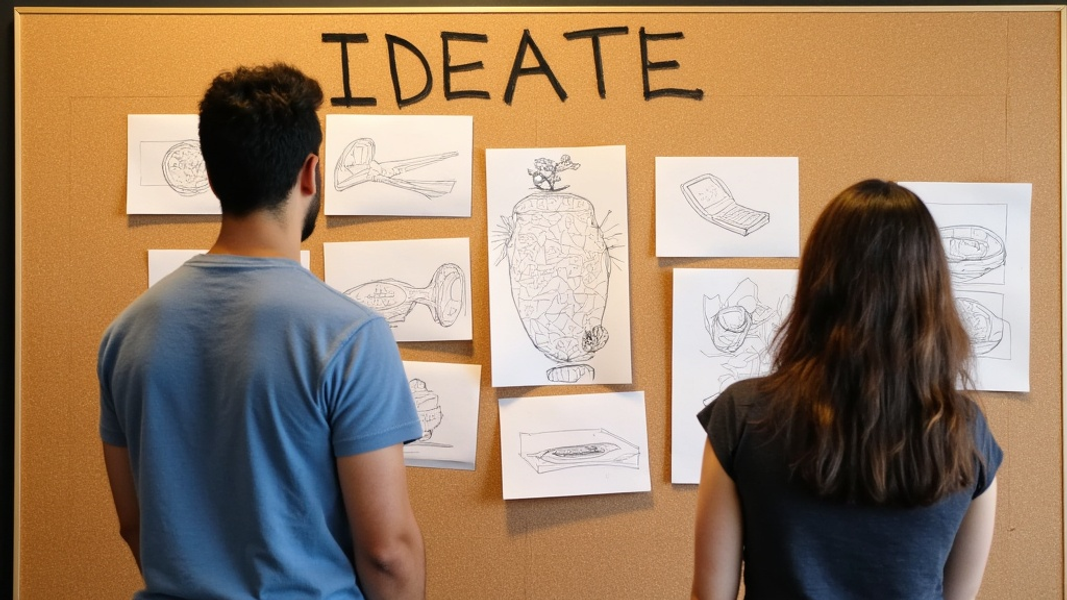
Launching a product without validation is like jumping out of a plane without checking your parachute. This tutorial will guide you through a proven product validation process, helping you avoid costly mistakes and increase your chances of success.
What is Product Validation?
Product validation is the process of testing your product idea before you fully develop or launch it. It's about making sure there's a real need for what you're creating and that people will actually use and pay for it.
Why Product Validation Matters
Validating your product idea is crucial for several reasons:
- It saves time and money by catching potential issues early.
- It helps you understand your customers better.
- It increases your chances of creating a product people actually want.
Think of product validation as a safety net. It catches problems before they become expensive mistakes. By talking to potential customers and testing your ideas, you can make smart choices about what to build and how to build it.
The Product Validation Process
Let's break down the steps to validate your product idea:
1. Identify Your Target Market
Before you can validate your product, you need to know who it's for. Start by creating a clear picture of your ideal customer. Think about things like:
- Age
- Job
- Interests
- Problems they face
For example, if you're creating a new type of running shoe, your target market might be:
- Age: 25-40
- Job: Professionals with active lifestyles
- Interests: Fitness, outdoor activities
- Problems: Finding comfortable shoes for long-distance running
Once you have this picture, do some research to learn more about these people. Look at online forums, social media groups, and industry reports. This will help you understand their needs and how they make buying decisions.
2. Develop a Hypothesis
Now that you know who you're targeting, it's time to create a hypothesis. This is a statement about what problem your product solves and how it does it. Your hypothesis should be specific and testable.
Here's an example:
"Our running shoe will reduce foot pain by 50% for long-distance runners by using a new type of cushioning material."
This hypothesis is good because:
- It's specific (50% reduction in foot pain)
- It's testable (you can measure pain reduction)
- It states how the product solves the problem (new cushioning material)
3. Create a Minimum Viable Product (MVP)
An MVP is a basic version of your product that includes just the core features. It's not about making something perfect. It's about creating something good enough to test your main idea.
There are different types of MVPs:
- Prototype: A working model of your product
- Landing page: A website that describes your product
- Concierge MVP: Manually providing the service your product would automate
For our running shoe example, a prototype MVP might be a shoe with the new cushioning material, but without fancy designs or extra features.

Key Product Validation Methods
Now that you have your MVP, it's time to test it. Here are some effective ways to validate your product:
1. Surveys and Questionnaires
Surveys are a quick way to get feedback from many people. Use tools like Google Forms or SurveyMonkey to create and send surveys.
When creating your survey:
- Keep it short (5-10 questions)
- Use a mix of multiple choice and open-ended questions
- Ask about specific problems and how people currently solve them
For example: "How often do you experience foot pain after running?" "What solutions have you tried for foot pain?"
2. Customer Interviews
Talking directly to potential customers gives you deep insights. Here's how to make the most of customer interviews:
- Prepare a list of open-ended questions
- Listen more than you talk
- Ask about their problems, not your solution
- Look for patterns in their responses
Try to interview at least 10-15 people who fit your target market. This will help you spot trends and common issues.
3. Landing Page Testing
A landing page is a great way to test interest in your product. Create a simple website that explains what your product does and why it's valuable. Include a way for people to sign up for updates or pre-order.
Tools like Unbounce or Leadpages make it easy to create landing pages. You can also use FastWaitlist to quickly set up a waitlist for your product.
Track how many people visit your page and how many sign up. This gives you a good idea of real interest in your product.
4. Prototype Testing
If you have a physical product, like our running shoe example, prototype testing is crucial. Get your MVP into the hands of real users and watch how they interact with it.
For the running shoe:
- Give prototypes to a small group of runners
- Ask them to use the shoes for a few weeks
- Collect feedback on comfort, performance, and pain reduction
Analyzing Validation Results
After collecting data from your validation tests, it's time to make sense of it all. Here's how:
- Look for patterns: Are there common complaints or praises?
- Compare results to your hypothesis: Did your product solve the problem as expected?
- Consider both quantitative (numbers) and qualitative (opinions) data
For example, if 80% of testers reported less foot pain with your shoe, that's a strong sign you're on the right track. But also pay attention to specific comments about fit, style, or other factors.
Iterating Based on Feedback
Product validation isn't a one-time thing. Use what you learn to improve your product. This might mean:
- Tweaking features
- Changing your target market
- Sometimes, completely changing your idea (pivoting)
Don't be afraid to make big changes if the data suggests it's needed. It's better to pivot early than to launch a product no one wants.
Case Studies: Successful Product Validations
Let's look at two companies that used product validation well:
1. Dropbox
Dropbox started with a simple video explaining their idea. They put it on tech websites and got a huge response. This showed them people wanted their product before they even built it.
2. Airbnb
Airbnb began by renting out air mattresses in the founders' apartment. This simple test proved people would pay to stay in strangers' homes, leading to their full business model.

Common Pitfalls in Product Validation
Watch out for these common mistakes:
- Confirmation bias: Looking only for data that supports your idea
- Small sample size: Not talking to enough people
- Leading questions: Asking questions in a way that pushes for certain answers
Always aim to get honest, unbiased feedback. It might be hard to hear, but it's vital for success.
Expert Tips for Effective Validation
To make your product validation even more effective:
- Use multiple methods: Combine surveys, interviews, and testing for a full picture
- Be open to surprises: Sometimes the best insights come from unexpected places
- Test with real money: People's behavior changes when actual purchases are involved
- Keep validating: Even after launch, keep checking that you're meeting customer needs
Remember, product validation is an ongoing process. Keep talking to your customers and adapting your product to serve them better.
Conclusion
Product validation is key to creating something people actually want and will pay for. By following this tutorial, you're setting yourself up for a much higher chance of success. Remember:
- Know your target market
- Test your ideas early and often
- Be ready to change based on feedback
Now it's your turn. Take what you've learned and start validating your product idea today. Your future customers (and your future self) will thank you.
FAQs
How long does product validation take?
Product validation can take anywhere from a few weeks to several months. It depends on your product's complexity and your target market. The key is to be thorough without getting stuck. Set clear deadlines to keep moving forward.
Can I validate more than one product idea at once?
Yes, you can validate multiple ideas at the same time. However, be careful not to spread yourself too thin. It's often better to focus on one idea and do a thorough job of validating it before moving on to others.
What if my validation results are negative?
Negative results are valuable information. They tell you that you need to change something about your product or your approach. Don't be discouraged. Use this feedback to improve your idea or to explore new directions.
How much should I spend on product validation?
You don't need to spend a lot of money on product validation. Many methods, like surveys and interviews, can be done for free or very cheaply. The most important investment is your time and effort in talking to potential customers and analyzing the results.
Should I keep my product idea secret during validation?
While it's natural to want to protect your idea, being too secretive can hurt your validation efforts. You need honest feedback from real potential customers. The benefits of validation usually outweigh the risk of someone stealing your idea. If you're really concerned, you can use non-disclosure agreements with testers.
